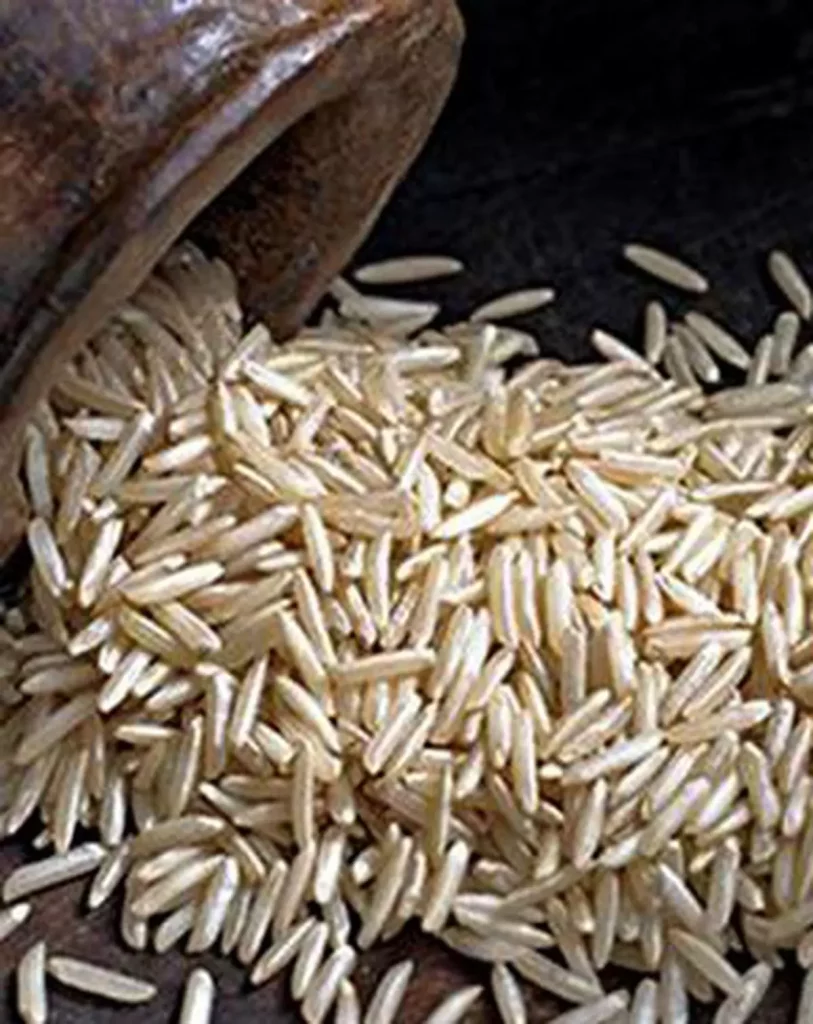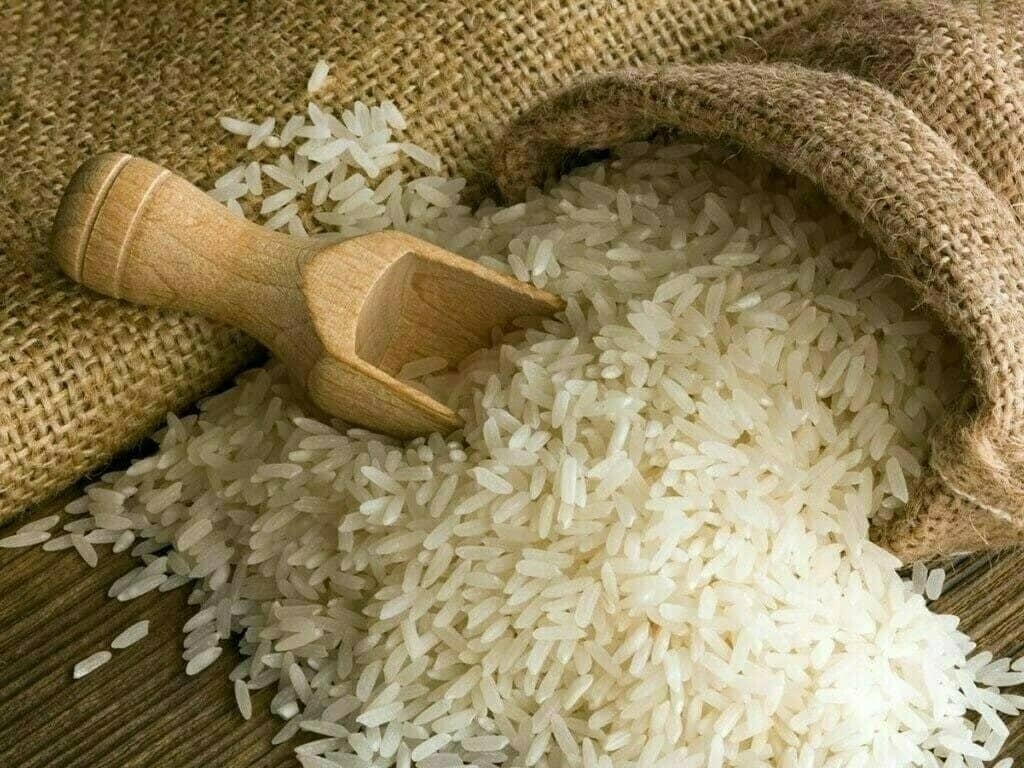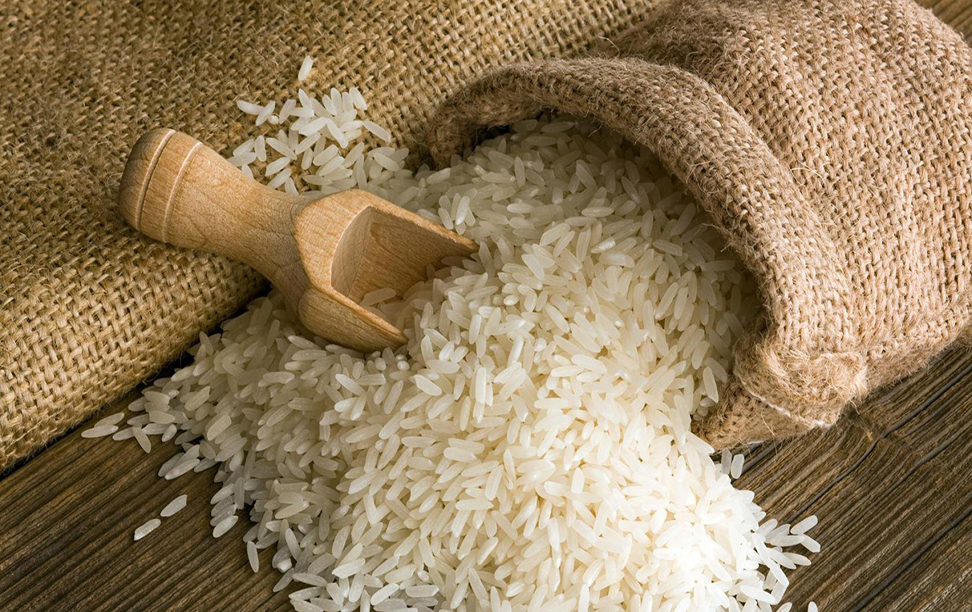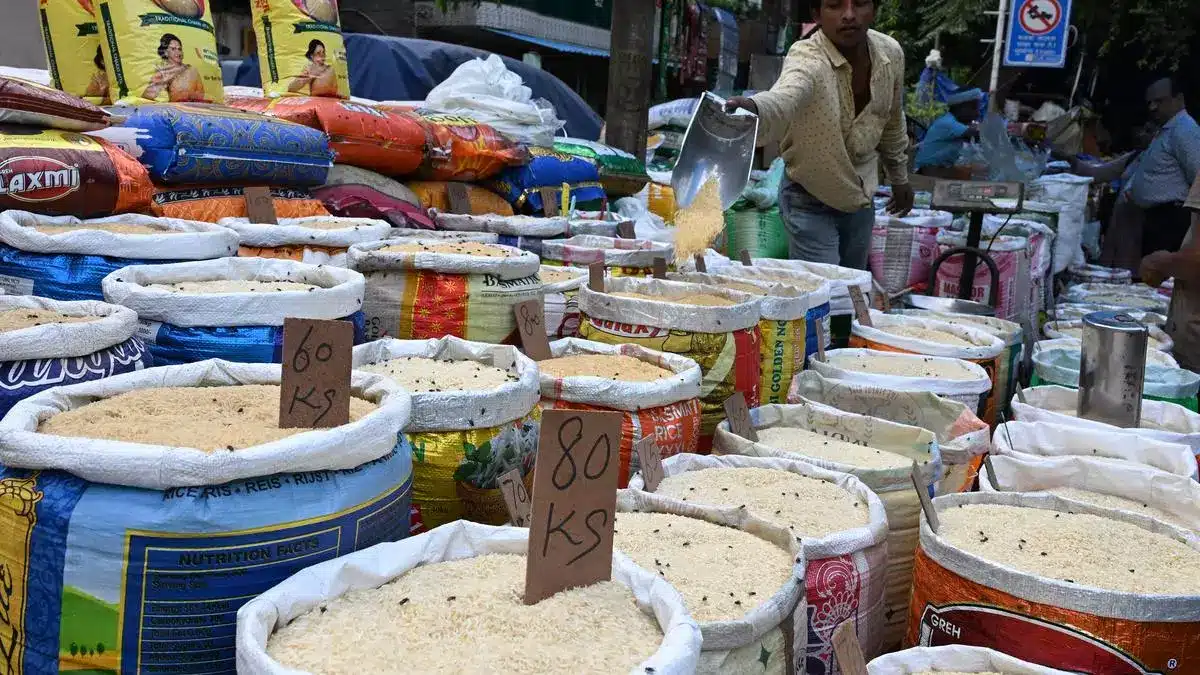Tags
Adapting rice export strategies in response to global demand shifts
Future of rice trade hinges on a harmonised global effort, with strategic planning, technological advancements, and cooperative policies

Rice, the staple food for more than half of the world’s population, has witnessed a significant shift in demand patterns, compelling nations to recalibrate their export strategies. Understanding these shifts across different categories of rice consumption is pivotal in navigating the evolving landscape of global trade dynamics.
Categories of consumption
The global consumption of rice can be categorised into three primary segments:
Premium Segment (Basmati and Jasmine Rice): Dominated by developed countries, this segment relies on aromatic varieties like Basmati and Jasmine rice. India and Pakistan lead the supply chain for Basmati, while Thailand and Vietnam cater to the demand for Jasmine rice.
Thai Rice and Long Grain Rice: Widely consumed across the world, with the highest consumption in Western African and South-East Asian countries. India is the largest producer, alongside significant contributions from Thailand, Vietnam, Pakistan, Myanmar, and other South-East Asian nations.
Parboiled and Broken Rice: Predominantly consumed in Western Africa and Europe, this category constitutes processed versions of the previously mentioned rice types. India remains a significant producer in this segment.
Shifts in Global Demand and Impact on Exporting Nations
India’s status as the largest producer across all three categories faces challenges due to critical production factors like El Nino, prompting the Indian government to impose restrictions on long grain rice exports. Measures such as the introduction of Minimum Export Price (MEP) and export bans have disrupted the industry, impacting millers, exporters, and farmers. Consequently, this move has led to a worldwide shortage of rice, triggering price inflation across all categories.
The repercussions have been diverse. Nations such as Vietnam, Pakistan, and Myanmar experienced a surge in demand, capitalising on India’s export limitations. Indonesia, highly reliant on rice imports, shifted its focus towards boosting domestic production, even deploying the army to support farmers and meet local consumption needs. Similar strategies were adopted by numerous countries to reduce import dependency and stabilise their food security.
However, Western African nations grappled with significant challenges, striving to maintain affordable prices for their populations amid global inflation, leading to food price hikes.
Strategies for the future
As the world moves into 2024, the need for more organised, uniform policies and streamlined supply chains becomes apparent. India, holding a commanding 40 per cent market share, will continue to play a pivotal role as the world’s food basket. Yet, other nations like Myanmar, Cambodia, and various South-East Asian countries present untapped potential markets to bridge supply gaps.
Thailand and Vietnam are anticipated to witness escalating demand, but India’s influence as the giant in the rice industry will set the market’s tone.
Adaptation and collaboration
In this evolving landscape, adaptation is key. Nations must navigate production challenges, diversify export destinations, and enhance domestic capabilities to ensure food security. Collaboration among nations, leveraging strengths and supporting each other in times of scarcity, will be instrumental in mitigating global food crises and maintaining stable prices.
The future of rice exports hinges on a harmonised global effort, with strategic planning, technological advancements, and cooperative policies, laying the groundwork for sustained food security worldwide.
The author is director, Vibaantta Global Pvt Ltd
https://www.thehindubusinessline.com/economy/agri-business/adapting-rice-export-strategies-in-response-to-global-demand-shifts/article67832336.ecePublished Date: February 11, 2024







